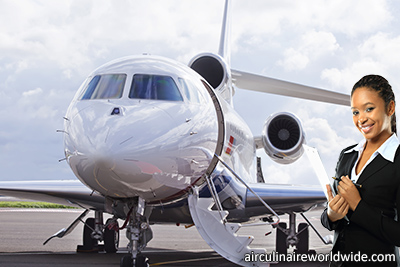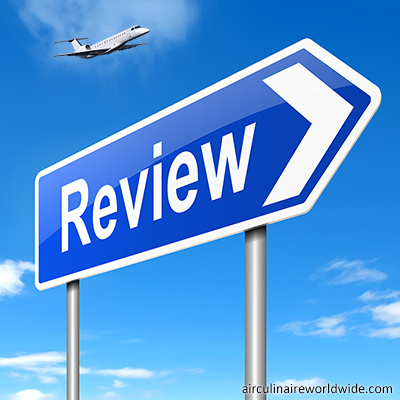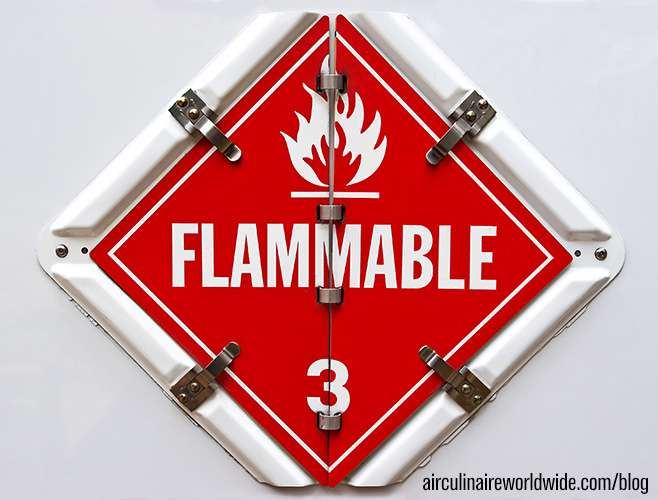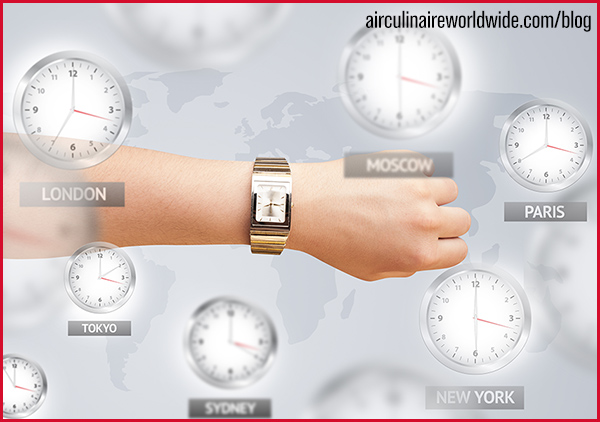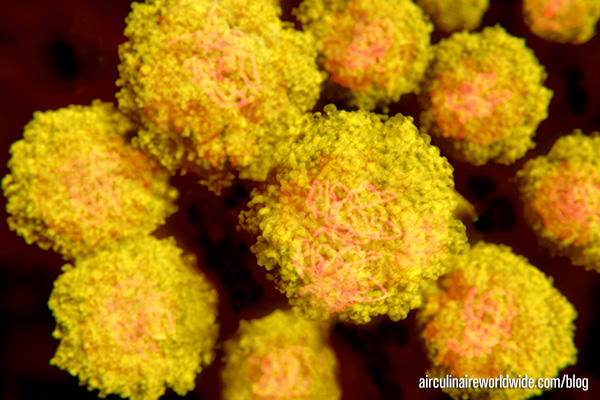When an aircraft is cruising at 35,000 feet, crew members can not fix anything or replace equipment in an emergency. To avoid problems, we must always perform a pre-flight inspection on all emergency equipment. Here is a list of the most common emergency equipment that must be checked by the flight attendant, along with the procedure for checking each item:
- Halon Fire Extinguishers – Only classes A, B, or C. To pre-flight your halons, make sure they are securely fastened to the brackets and that the gauges are in the green. The pins should be secured and not tampered with.
- Water Extinguisher – Class A. To pre-flight your water extinguisher, make sure it is securely fastened to the brackets, that it has a CO2 cartridge installed, and that the copper wire has not been tampered with.
- Portable Oxygen Bottles (POB) – To pre-flight your POBs, make sure they are full (between 1800-2000 PSI). If you have masks attached to them, make sure the hoses are in good working condition and the masks fit your face for quick donning. The tubing should be connected to the high-flow valves, and the shoulder straps should be attached.
- First Aid Kit – Make sure your aircraft has a first aid kit onboard and it is sealed for your flight. If it has been opened, make sure to restock it before your next flight.
- Medical Kits – Make sure your aircraft has a medical kit onboard and it is sealed for your flight. These kits should only be opened only in an emergency situation, and expired units should be updated and resealed yearly.
- Defibrillator – Check the defibrillator for damage or foreign substances. If it appears that the unit has been tampered with, immediately notify the Pilot in Command (PIC). Make sure it is charged (check instructions for your model on how to make sure it is charged). Note the date that the electrode pads expire. If the date has passed, notify the PIC. There may be an optional extra set of electrode pads and infant/child electrode pads stored with an Automated External Defibrillator (AED). The resuscitation kit contains disposable gloves, a face mask, trauma scissors, and a razor; all of which are stored with the AED.
- Protective Breathing Equipment (PBE) or Smoke Hood – Make sure PBE is present and secure.
– Essex: Ensure that the seal is intact and verify that the humidity indicator is blue.
– Scott: has a hard green case. Verify that the humidity indicator is blue. - Flashlights – Make sure you have a flashlight onboard for your use. If it is attached to the aircraft, verify the red flashing light. If the flashlight is not attached to the aircraft, make sure the batteries are changed monthly. A good way to do this is to apply a sticker indicating the date when the batteries were replaced.
- Life Vest – Make sure there is a life vest for every seat and every crew member. The pouch should be sealed and not expired.
- Life Raft – Your life raft should be stowed, secured, and inspected on every pre-flight. Check your raft for the dates when it has to be refurbished or inspected.
- Seat Belts and Harnesses – Double-check that all seat belts are working properly and that shoulder harnesses are present and not hidden.
- Megaphone – Not all aircraft have to carry a megaphone, but if you have one, test it to make sure it’s working. This piece of equipment is helpful in an emergency to gather everyone together and give important safety instructions.
- Slide – If you are flying on a large-cabin aircraft, you will have a slide for some of your exits. Make sure it is secure and can be armed properly. Check type your aircraft is equipped with and locate the instructions on how to arm and unarm the door.
- Emergency Lighting – It is essential to double-check your emergency lighting to ensure it is clearly visible and all the lights are working.
- Safety Information Cards – Make sure you have the safety information cards readily available for your passengers to review in case of an emergency, as well as for your own review.
As you can see, some emergency equipment is complex, and some is as simple as a flashlight, yet all of these items play a critical role in the event that an emergency arises.
Questions?
If you have any questions about this article, contact me at jdetloff@airculinaire.com.
